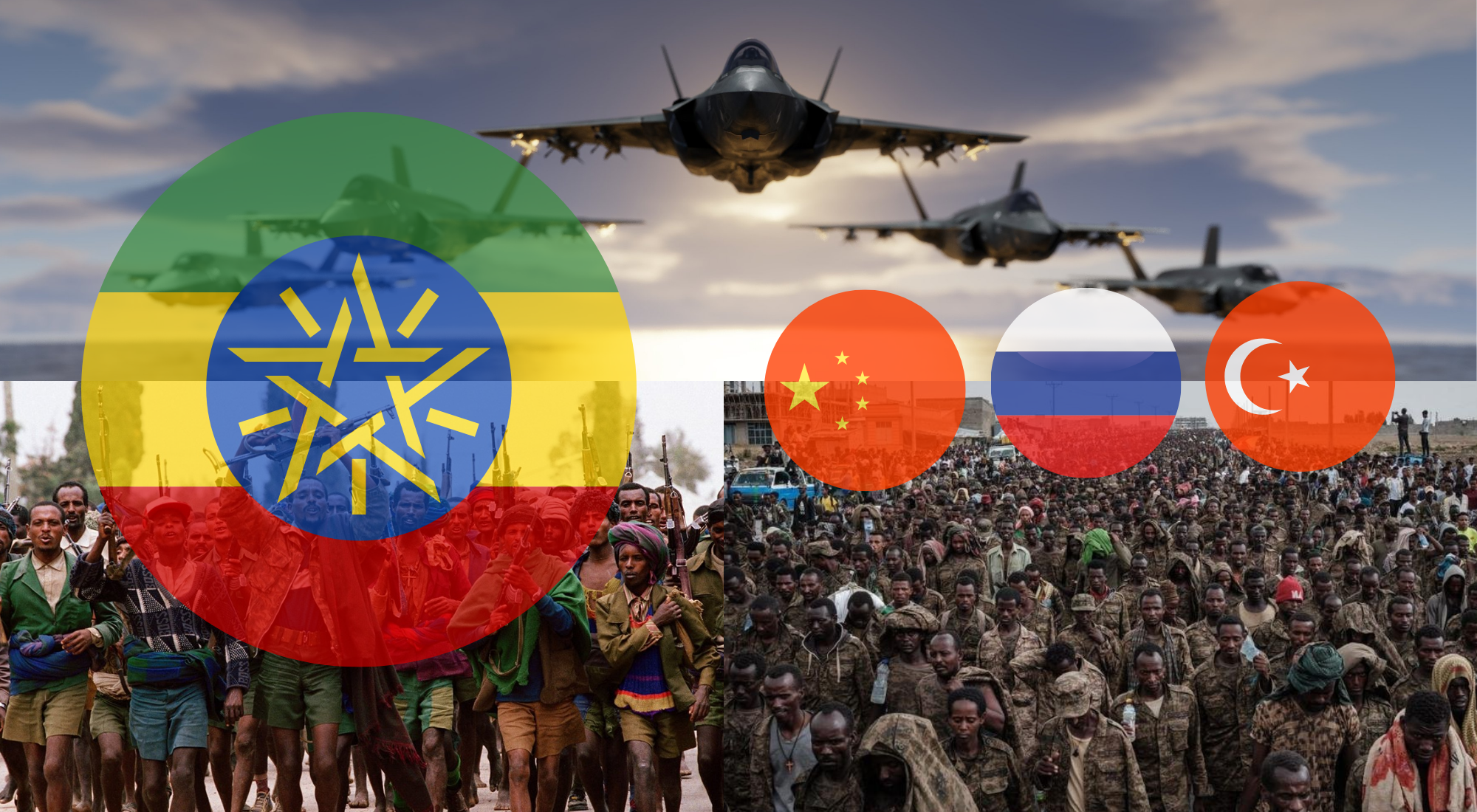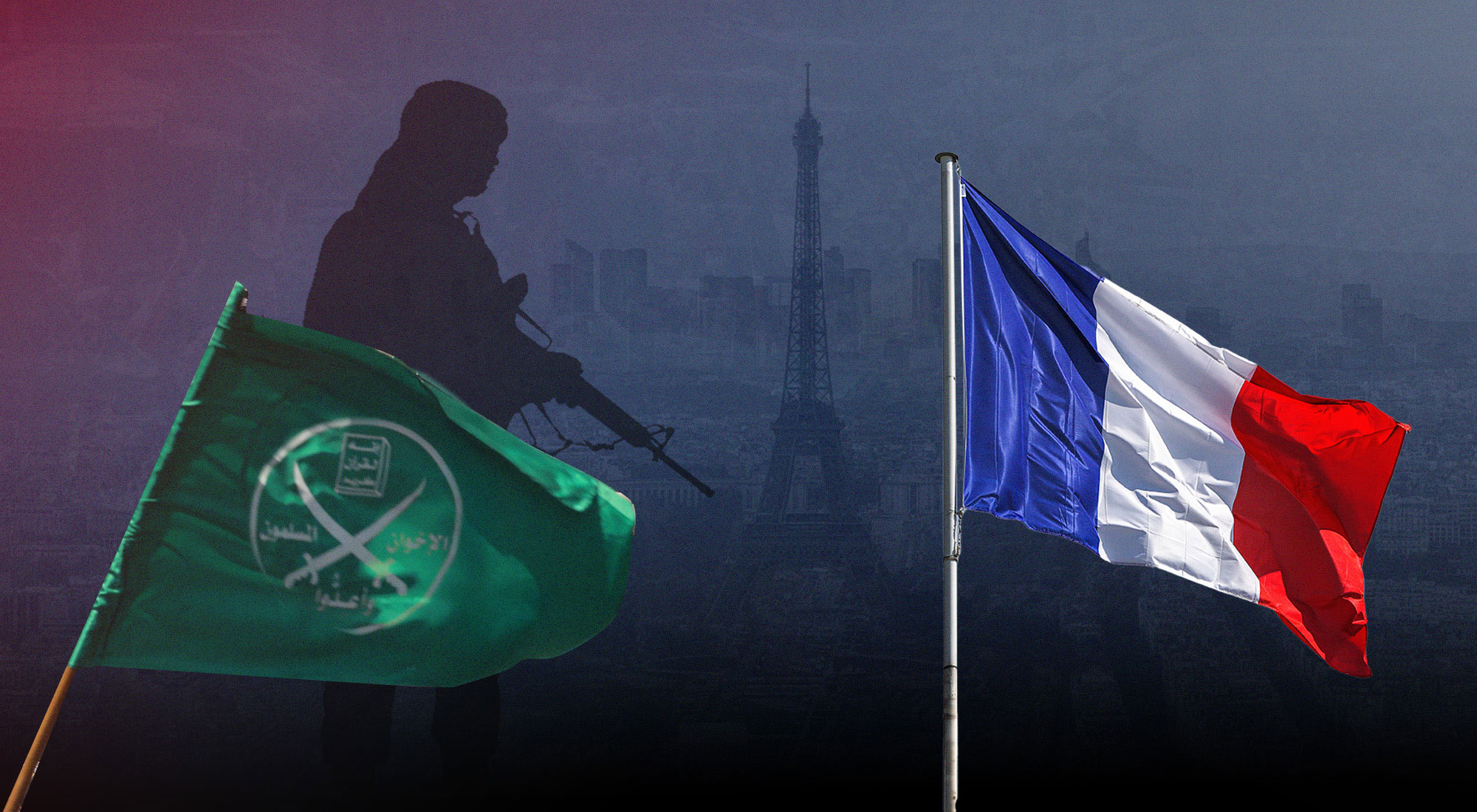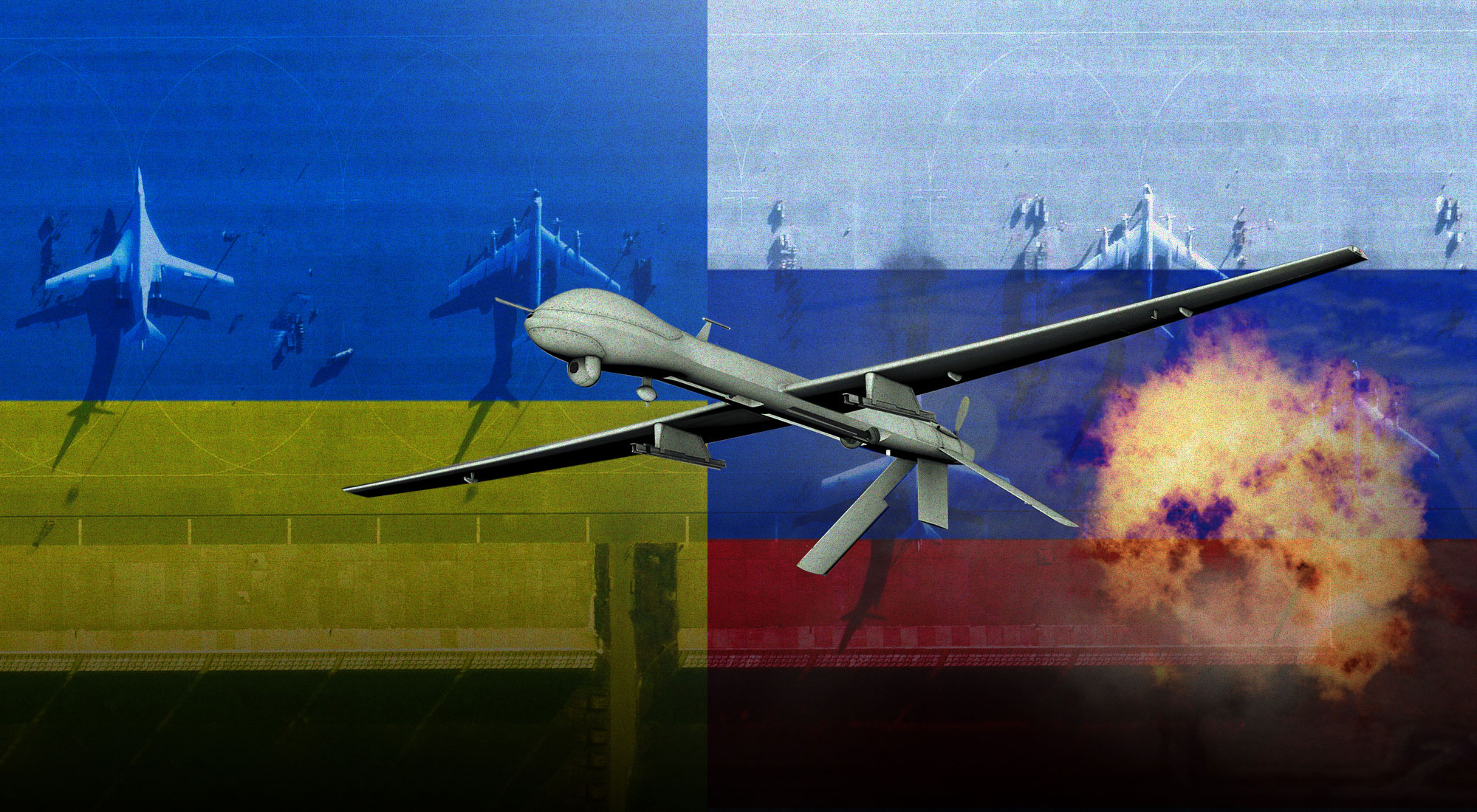Introduction
After one year of persistent internal conflict, Ethiopia is at a crossroads. The country faces three choices: the first is to follow the pan-Ethiopian vision of Ethiopian Prime Minister Abiy Ahmed; the second is to revert to the looser, federal autonomy seen under the ruling Ethiopian People’s Revolutionary Democratic Front (EPRDF) from 1993 until 2018; the third is to allow an explosion of ethnic violence that might “balkanize” the country into several states. Two critical factors must be considered in determining which outcome might prevail. The first involves harnessing the latent power theoretically available to the ethnic coalition under the leadership of the Tigrayan Defense Force (TDF), the military wing of the Tigrayan People’s Liberation Front (TPLF). The second is the level and type of military assistance provided by external states to the Abiy government in the capital, Addis Ababa, and the Ethiopia armed forces.
This insight argues that strong support from external states like China, Turkey and Russia may be enough stem the advance of an increasingly potent, pan-ethnic armed force moving south and west toward the capital and thus keep Abiy in power. Indeed, the Abiy government announced they had retaken the strategically important town of Dessie in December 2021, having been helped by recent deliveries of drones and other aircraft from Turkey and China, among others.
Shifting fronts and loose coalitions
In mid-2020, the dominant political party in Ethiopia’s northern Tigray state, the TPLF, rejected Addis Ababa’s choice of governor and held their own elections. These actions constituted a rebellion against the central government, and PM Abiy ordered the Ethiopian National Defense Force (ENDF) to mobilize and invade Tigray on November 4, 2020. A year on and clashes between Addis Ababa and the TDF-led Tigrayan forces have passed through different phases. Initially, the ENDF were successful, quickly taking Mekelle, Tigray’s capital, and sending the TDF fleeing to the hills. However, though the fighting initially remained limited to Tigray, several TDF counter-offensives since summer 2021 have led to the conflict spilling into neighboring regional states such as Afar and Amhara as the Tigrayan forces retook ground and then began their march on Addis Ababa. In turn, the establishment of a wider anti-Tigray/pro-Abiy grouping has provoked and strengthened an anti-Abiy coalition, resulting in outbreaks of violence nearer the capital as well as other locations throughout Oromia, the country’s largest federal state and home to its largest ethnic group, the Oromo.
The latest phase in the conflict began in October 2021 with the launch of a new offensive by the ENDF. A series of air raids on several areas controlled by the TDF, including Mekelle, preceded each attack. The ENDF’s reported use of Russian military jets and Chinese as well as Turkish unmanned combat aerial vehicles (UCAVs) have signaled an ominous new phase in the conflict.
Shifting coalitions
PM Abiy Ahmed continues to count on widespread support from the states neighboring Tigray. These states have provided reserve troops and recruited additional manpower from non-military sections of the population. In response the TPLF and the TDF, have established several ties with armed groups loosely based on ethnic and tribal ties from other federal states. The TPFL-led agreements have had the effect of establishing a loose anti-Abiy coalition that includes nine groups belonging to different Ethiopian regional states. Known as the United Front of Ethiopian Federalist and Confederalist Forces (UFEFCF),[1] it has both a military and a political dimension. On a military level, the UFEFCF’s contribution to TDF operations is yet to be seen, though it does the potential to turn the tide of the war. The one exception is the Oromo Liberation Army (OLA), an ethnic Oromo armed group fighting the Ethiopian government and led by Kumsa Diriba under the nom de guerre Jaal Maroo. Since September 2021, OLA forces have gained much ground, opening another active military front south of the capital by taking the town of Kemise, 53 km south of Kombolcha.[2] The TDF – with or without the OLF – has shown itself to be a highly capable and well-led fighting force on its own. Counting numerous veteran commanders from the struggle against Ethiopia’s Marxist regime, the so-called Derg, from 1974 to 1991, the TDF military command is overseen by Lieutenant General Tadesse Werede Tesfay, known as Wedi Werede. In turn, separate TDF armies commanded by Brigadier General Migbe Haile Woldearegai operate on various fronts, including the Gondar front.[3]
On the political level, the establishment of the UFEFCF represents the willingness of its constituent factions to overcome their many differences in pursuit of a common goal: the removal of Abiy from power. The united front has stated its intention to lead the country through a complex transition phase, the goal of which is to relaunch the state-building project by governing the country through a more confederal rather than centralized federal system. In this respect the UFEFCF resembles the original EPRDF coalition, which removed the Derg from power in 1991. For the United Front, their dispute with the Abiy government is a political one and revolves around the historical tensions between the regional states’ quest for more autonomy and the central government’s desire to assert its own authority over them. Indeed, the TPLF-led force has proposed a revised version of the Abyotawi democracy – or revolutionary democracy – introduced during the EPRDF era.[4] The anti-Abiy alliance has sought to defuse the ethnic element of the conflict by shifting the focus to divergent visions of Ethiopia’s future.
This approach contrasts starkly with that employed by Abiy and his government in Addis Ababa, which has played up the grievances that many of the country’s ethnic groups hold against the Tigrayans who ruled their country (in the name of the EPRDF) for nearly three decades.
Following the declaration of the state of emergency in November 2021, Abiy invoked what he termed a national survival campaign. In addition to inviting all Ethiopians to fight against the TDF, the Ethiopian army has recalled reservists.[5] Numerous Ethiopians have also rallied to Abiy’s call to protect Ethiopia from its former rulers, notably the ethnically homogeneous Amhara Special Forces (ASF). This has resulted in what is increasingly an anti-Tigray alliance, sparking fears that the conflict may yet evolve into outright ethnic cleansing or even genocide.
The political role of external states
With a population nearing 100 million, Ethiopia is the largest state in the Horn of Africa. Its territorial integrity is therefore critical to the general level of (in)security in the Horn, and Ethiopia is accorded requisite importance in terms of external states’ interests. Some important international state actors have opted to take critical positions vis-à-vis Addis Ababa and the Abiy government. In addition to both the United States and the United Kingdom, the European Parliament has adopted a 17-point resolution condemning the conflict in Tigray and urging the European Council of the heads of member state governments to enact an arms embargo on Ethiopia and Eritrea.[6] These reactions were largely motivated by the view that the Abiy government and the ENDF had acted precipitously in Tigray and started an unnecessary war. The positions taken by Washington, London and Brussels have, in turn, largely been understood by Addis Ababa as constituting de facto support for the TDF. While this is a mischaracterization of the situation – to date, the TDF has not received military support from the West – it nonetheless has affected perceptions of “who is with us” and “who is against us” across Ethiopia.[7] That the EU’s decision was welcomed by the administration of US President Joe Biden only strengthens the view in Ethiopia’s capital that Western powers are fomenting the breakup of Ethiopia by supporting a Tigrayan return to power. As a consequence, Addis Ababa’s perception risks pushing Abiy ever closer to America’s strategic rivals, China and Russia.
Since the outbreak of the conflict, both Beijing and Moscow have provided unequivocal diplomatic support as well as armaments to the Abiy government and the ENDF. Moscow seeks to return to position of influence in sub-Saharan Africa, something it lost after the demise of the Soviet Union in 1991. Russia, accordingly, sees both the succession of coups d’état in Sudan and the Ethiopian civil war as opportunities in that they offer Moscow a greater role to play now that the West has apparently bowed out.[8] The Putin government has, accordingly, been vocal in its support for the Abiy government and a unitary Ethiopia, and has consistently labeled the TDF as “rebels”.[9] In addition, Russia has watered down resolutions agreed by the United Nations Security Council (UNSC) and affirmed that the Ethiopian conflict is an internal matter.[10] For China, on the other hand, their interests in Ethiopia relate to their own ambitions and the global balance of power. China sees Ethiopia as the lynchpin of the Horn of Africa and has invested heavily in the country as part of its Belt and Road Initiative (BRI); this investment has included the funding and construction of the Addis Ababa-Djibouti standard gauge railway.
Over the past twelve months, Chinese diplomats have regularly stressed that the armed conflict is a Ethiopian domestic political matter and must be treated as such.[11] Chinese policy is thus consistent in that Beijing is vocally supportive of the primacy of state sovereignty in the international system.[12] Internal dissension like that seen in Tigray must therefore be crushed by the central authorities, in this case the Abiy government. In addition, Beijing has criticized what it terms the meddling of Western countries, which it accuses of playing the humanitarian card in relation to the ongoing Ethiopian crisis to secure outcomes favorable to Western interests.[13] In addition to public statements, China has protected Ethiopia within international organizations. In March 2021, for instance, China blocked a resolution sought by the US Ambassador to the UNSC that called for the end of the conflict. Although several UN officials tried to place the Ethiopian issue on the UN General Assembly’s agenda, Chinese diplomatic efforts prevented any discussion of the matter. Beijing’s influence also extends to the African Union (AU), the headquarters of which is in Addis Ababa. The stalemate and hesitation evident within African and regional organizations such as the AU and Intergovernmental Authority on Development (IGAD)[14] are due both to Ethiopia’s leading role and Beijing’s pressure on several African states, thereby dissuading them from publicly voicing support for the TDF and opposing Abiy.
Game changer or stalemate? Airpower from external states
China’s support for the Abiy government extends to the military sector. Beijing has reportedly supplied the ENDF with military hardware, including UCAVs and missiles. Sources from Mekelle confirm that raids are being carried out by Chinese-made Wing Long I drones.[15] In addition, Chinese-made TL-1 Air-to-Surface missiles were reportedly shipped to Ethiopia for use on the Wing Loong drones.[16] Beijing has never denied that it provides military equipment to Addis Ababa. However, China has proceeded cautiously – possibly taking into account the threat of US sanctions – and shipped the arms via third countries. In September and October 2021, for instance, a series of flights operated by Russian cargo carriers Abakan Air and Antonov Airlines and allegedly carrying weapons occurred between Chengdu and Harar Meda in Ethiopia.[17]
In addition to Chinese UCAVs and armaments, Iran and Turkey have aided Abiy Ahmed’s war efforts. Tehran has reportedly supplied Addis Ababa with its Mohajer-6 UCAVs.[18] For the Iranians, Tigray offers a conflict scenario in which to test their combat drone capabilities, thereby enabling them to gain information needed to improve the weapons. For Abiy and the ENDF, the drones provide an aerial combat capability far superior to anything fielded by the TDF, which is not believed to have any combat drones at its disposal.
Turkey’s delivery of Bayraktar TB2 UCAVs to Addis Ababa may prove the real game changer, however. Following a meeting in Ankara between Abiy Ahmed and President Erdogan, Ethiopia and Turkey signed a defense pact that provided for the supply of munitions and a dozen Turkish-made drones to Addis Ababa.[19] Carrying laser-guided missiles, the Baykar Makina-manufactured Bayraktar TB2 is a capable tactical drone with a flight endurance of 24 hours. It has been tested on battlefields in Libya, Syria and the Caucasus and proved itself to be a scourge of infantry, tanks and missile systems such as the Russian-made Pantsir air defense system.[20] While usage of the TB2 by the ENDF has not yet been recorded, the TDF and its UFEFCF allies may yet see the military tide turn against them. Reports of recent setbacks, including the reported Tigrayan loss of Dessie to the EDF, may herald the beginning of the end for the Tigray-led insurgency against Addis Ababa. If so, the victory of Abiy and his ENDF would almost certainly be explained, in part, by the air superiority they may achieve through Chinese and Turkish drones.
References
[1] Pamuk, H., & Fick, M. (2021, November 6). New alliance wants to oust Ethiopia’s PM by talks or force. Reuters. https://www.reuters.com/world/africa/nine-ethiopian-groups-form-anti-government-alliance-2021-11-05/
[2] Reuters. (2021, November 1). Tigrayan and Oromo forces say they have seized towns on Ethiopian highway. https://www.reuters.com/world/africa/tigrayan-forces-say-they-have-seized-another-town-ethiopias-amhara-region-2021-10-31/
[3] Africa Intelligence. (2021, December 1). Who are the federal army veterans in charge of the Tigray offensive?. https://www.africaintelligence.com/eastern-and-southern-africa_politics/2021/12/01/who-are-the-federal-army-veterans-in-charge-of-the-tigray-offensive,109708400-eve
[4] Bach, J. N. (2011). Abyotawi democracy: neither revolutionary nor democratic, a critical review of EPRDF’s conception of revolutionary democracy in post-1991 Ethiopia. Journal of Eastern African Studies, 5(4), 641-663.
[5] McKenzie, D. (2021, November 6). Ethiopia’s military calls on former members to rejoin army as rebels advance on capital . CNN. https://edition.cnn.com/2021/11/06/africa/ethiopia-military-volunteers-rebel-advance-intl/index.html
[6] European Parliament resolution on the humanitarian situation in Tigray, B9‑0484/2021. (2021, October 4). https://www.europarl.europa.eu/doceo/document/B-9-2021-0484_EN.html
[7] APA. (2021, June 15). Pretoria: Ethiopians protest “US, EU meddling”. http://apanews.net/en/news/ethiopians-in-pretoria-protest-us-eu-meddling-in-internal-affairs-of-ethiopia
[8] Sukhankin, S. (2021, November 10). Russia’s “Security Export” Model in Sub-Saharan Africa: A Viable Alternative or Path to Nowhere?. ISPI. https://www.ispionline.it/en/pubblicazione/russias-security-export-model-sub-saharan-africa-viable-alternative-or-path-nowhere-32099
[9] TASS. (2021, August 23). Ethiopia grateful to Russia for its position on Tigray crisis, Ambassador to Moscow says. https://tass.com/world/1329199
[10] Fiala, W. (2021, November 26). Why Ethiopia’s Fate Matters to China. ISPI. https://www.ispionline.it/en/pubblicazione/why-ethiopias-fate-matters-china-32469
[11] Xinhua. (2021, July 2). Chinese envoy urges international community to fully respect sovereignty, ownership of Ethiopia on Tigray issue. http://www.xinhuanet.com/english/2021-07/03/c_1310040459.htm
[12] Much of the non-Han Chinese populations in regions such as Xinjiang and Tibet are opposed Beijing’s rule. On Beijing’s reactions to the unrest, see, for example, Odgaard, L., & Nielsen, T. G. (2014). China’s counterinsurgency strategy in Tibet and Xinjiang. Journal of Contemporary China, 23(87), 535-555.
[13] Gebre, S. (2021, September 23). China Opposes U.S. Threat to Impose Sanctions on Ethiopia. Bloomberg. https://www.bloomberg.com/news/articles/2021-09-23/china-opposes-u-s-threat-to-impose-sanctions-on-ethiopia
[14] IGAD is an is an eight-country trade bloc in Africa in eastern Africa with its headquarters in Djibouti. Its primary mission is food and human security in the Horn of Africa/East Africa region. More recently, it has been used as a venue to affect political reconciliation. Oyinloye, A. (2020, December 21). Igad Summit in Djibouti, devoted to Ethiopia, the Kenya-Somalia dispute. Africa News. https://www.africanews.com/2020/12/21/igad-summit-in-djibouti-devoted-to-ethiopia-the-kenya-somalia-dispute//
[15] Africa Intelligence. (2021, December 2). Addis slows down Tigrayan offensive with its new drones and refurbished combat planes. https://www.africaintelligence.com/eastern-and-southern-africa_politics/2021/12/02/addis-slows-down-tigrayan-offensive-with-its-new-drones-and-refurbished-combat-planes,109708590-art
[16] Mitzer, S., & Oliemans, J. (2021, November 10). Ethiopia Acquires Chinese TL-2 Missiles for its Wing Loong I UCAVs. Oryx. https://www.oryxspioenkop.com/2021/11/ethiopia-acquires-chinese-tl-2-missiles.html
[17] Harar Meda is the headquarters of the Ethiopian air force, and the production facility for Chinese Wing Long I drones is in Chengdu. Mitzer, S., & Oliemans, J. (2021, October 11). Wing Loong Is Over Ethiopia: Chinese UCAVs Join the Battle for Tigray. Oryx. https://www.oryxspioenkop.com/2021/10/wing-loong-is-over-ethiopia-chinese.html
[18] Karam, J. (2021, August). Iran drone programme target of latest US sanctions. The National. https://www.thenationalnews.com/world/us-news/2021/10/29/iran-drone-programme-target-of-latest-us-sanctions/
[19] Coskun, O., Spicer, J., & Toksabay, E. (2021, October 14). Turkey expands armed drone sales to Ethiopia and Morocco – sources. Reuters. https://www.reuters.com/world/middle-east/turkey-expands-armed-drone-sales-ethiopia-morocco-sources-2021-10-14/?taid=616812657778c400018d4c2e. See also, Ethiopian Monitor. (2021, August 18). Ethiopia, Turkey Sign Water, Military Finance Cooperation Deals. https://ethiopianmonitor.com/2021/08/18/ethiopia-turkey-sign-water-military-finance-cooperation-deals/
[20] Rossiter, A. (2021, December 8). Turkey’s Path to Drone Power. Trends. https://trendsresearch.org/insight/turkeys-path-to-drone-power/








